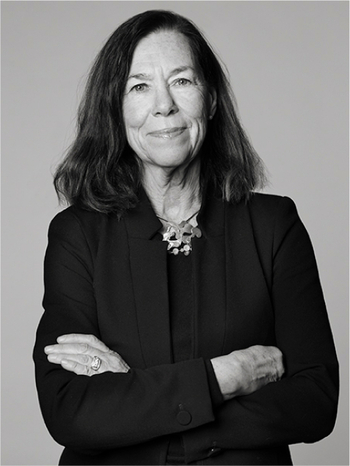Gunnar Asplund
presumably, a brass ceiling lamp/chandelier, for the staffroom at Karlshamn Secondary School, Sweden, ca 1912-1918.
Fluted bell-shaped shade with four arms, metal rod decorated with four oval, turned, and dark-stained wooden balls. Shade height 35 cm, diameter without the arms 36.5 cm, including arms ca 72 cm, total height ca 155 cm (the metal rod 120 cm).
Normal wear, electricity missing.
Alkuperä - Provenienssi
Karlshamn Secondary School (Karlshamns Realskola/Väggaskolan), constructed 1912-1918.
Muut tiedot
The Secondary School "Väggaskolan" in Karlshamn, Blekinge, was Gunnar Asplund's first major building project and was constructed between 1912 and 1918. Asplund created a cohesive whole here, placing great emphasis on details, and he also designed the furnishings.
In a quote in a letter that is archived, dated 24 August 1915, he offered to design furniture and fixtures for the school for 600 kronor. The interior was manufactured by various local craftsmen according to Asplund's drawings. In the 1960s and 70s, the school was renovated, and the furnishings were sorted out, with only a few seeming to have been preserved for posterity.






























































